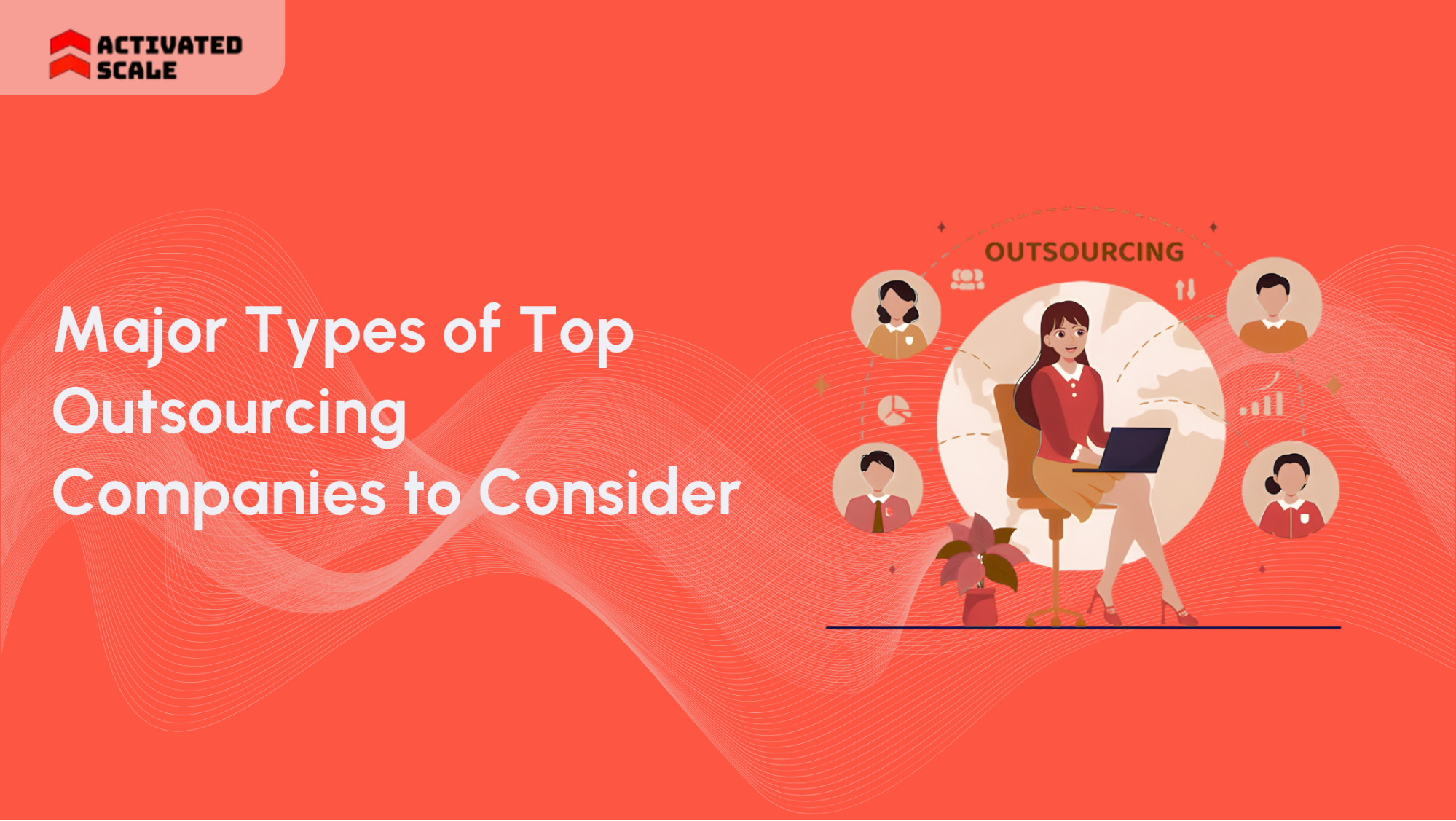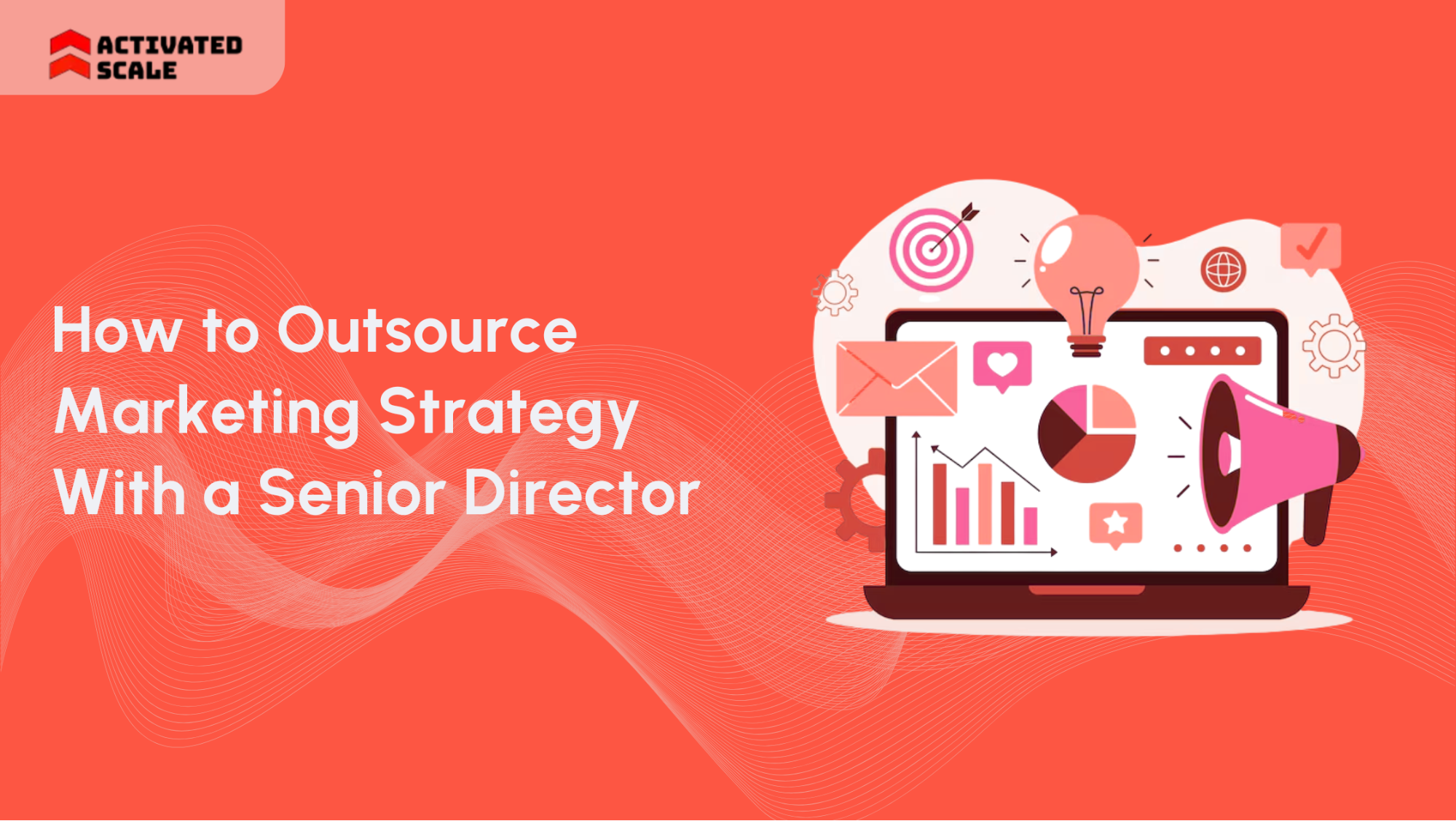Lead generation brings them in, but conversion seals the deal — understanding both is key to scaling your business.
Lead generation and conversion are two terms that are often used interchangeably. While they are related, they represent distinct stages in the customer journey.
Lead generation refers to attracting and capturing potential customers, known as prospects, and converting them into leads. Conversion is the subsequent step of turning these leads into paying customers.
This article explores the key differences between lead generation and conversion and how mastering both can drive business growth.
Lead Generation Vs. Conversion: Key Differences
Before diving into the specifics of lead generation and conversion, it's important to understand the key differences between these two processes. This comparison will set the stage for a deeper exploration of each.
Lead Generation Process
Lead generation is a critical initial phase in any marketing strategy. It focuses on converting strangers and prospects into leads who have shown interest in your products or services.
Understanding this process, the strategies involved, and the tools that can enhance its efficiency are essential for any marketer aiming to expand their customer base.
Converting Strangers and Prospects into Leads
The primary goal of lead generation is to attract individuals who have had little to no previous interaction with your brand and convert them into leads.
This involves capturing their interest through various touchpoints and engaging them with compelling content or offers. Then, encourage them to share their contact information, like name, email address, or phone number.
Common Marketing Strategies
- Content Marketing: By providing valuable and relevant content through blogs, videos, ebooks, and infographics, businesses can attract prospects and establish authority and trust.
- Social Media Marketing: Use platforms like Twitter, Facebook, Instagram, and LinkedIn to actively engage with an extensive audience and amplify your brand's message. Through regular posts, interactive sessions, and targeted ads, you can easily leverage social media for generating leads.
- Email Marketing: Effective for reaching new prospects and nurturing existing leads, email marketing campaigns can be personalized to deliver targeted messages that drive engagement and encourage further interaction.
- Paid Advertising: Using Google Ads, Facebook ads, and other paid channels, businesses can reach a broader audience more quickly than organic methods usually allow. Targeted ads help place the right content in front of the right people at the right time.
Sample Tools and Technologies for Streamlining Lead Generation
By leveraging the right technology, you can streamline the lead generation process, leading to increased efficiency and scalability.
Tools like:
- HubSpot for inbound marketing
- Salesforce for customer relationship management
- Leadpages for creating optimized landing pages
Additionally, automation tools like Marketo and Pardot help manage and nurture leads through scoring and tailored communications, ensuring no potential lead is lost due to a lack of follow-up.
Conversion Process
While lead generation is about attracting potential customers, the conversion process is crucial for transforming those leads into actual paying customers. This marketing funnel stage focuses on persuasion and effectiveness in securing sales or commitments from prospects.
Here’s a detailed look at the conversion process, its importance, and common strategies to maximize conversion rates.
Turning Potential Leads into Actual Customers
The conversion process involves taking the leads generated from your marketing efforts and guiding them to a final action, whether it’s:
- Making a purchase
- Signing up for a service,
- Another form of engagement that contributes to your business goals
This requires understanding the leads' needs and motivations. It also involves providing them with the information and incentives they need to make a decision while making the process as easy and frictionless as possible.
Importance of Conversion in Digital Marketing
Conversion reflects the effectiveness of your lead generation and marketing strategies in driving revenue. High conversion rates indicate that your efforts are aligned with customer expectations and that you’re effectively communicating the value of your offerings.
It also highlights the health of your sales funnel and the ability to turn interest into tangible business outcomes.
Common Conversion Strategies:
- Optimizing Landing Pages: This includes clear messaging, persuasive call-to-action (CTA) buttons, and a design that facilitates a smooth user experience.
- A/B Testing: A/B testing allows you to make data-driven decisions that can improve the effectiveness of your conversion strategies.
- Conversion Tracking: Tools like Google Analytics provide insights into which campaigns are driving conversions and which are not, helping you to allocate resources more effectively.
- Leveraging Automation Tools: Tools like Zapier, Marketo, or HubSpot can automate repetitive tasks. This ensures that no lead is neglected and that every potential customer receives a personalized experience.
Read: 7 Steps to Optimize Your Sales Funnel for Improved Conversion Rates
Lead Generation and Conversion: Key Metrics Involved
Tracking the right metrics is essential to effectively manage and improve both lead generation and conversion. The following section will outline the most important metrics to monitor.
Lead Conversion Strategy
Having discussed the key metrics, it’s time to explore the strategies that can enhance your lead conversion efforts. This section will provide actionable tactics to boost your conversion rates.
1. Lead Qualification: Explanation of Lead Scoring
Lead qualification determines which leads are ready to be passed to sales based on their likelihood to buy. Lead scoring is a quantitative approach to this.
Here, leads are assigned scores based on various criteria, such as:
- Demographic information.
- Engagement level.
- Behavior patterns related to your content or site
These scores help prioritize leads, guaranteeing that your sales team concentrates on leads with the highest potential for conversion. Proper lead scoring can significantly enhance the efficiency of your sales process by reducing time spent on unqualified leads.
2. Lead Nurturing Techniques
- Email Marketing: Email marketing allows for regular, targeted communication that can educate and persuade leads over time. Automated email sequences can be beneficial for delivering timely and relevant content to keep your leads engaged.
- Personalized Content: Tailoring content involves sending customized articles, videos, or personalized offers based on the lead’s past interactions with your brand. Personalized content helps build a deeper relationship and trust between your brand and the lead, increasing the likelihood of conversion.
3. Sales Engagement: Sales Team Readiness, Knowing Lead’s History
Having a detailed knowledge of a lead’s history with your brand can be invaluable for sales teams. This includes:
- Understanding their pain points
- Their interactions with your marketing campaigns
- Any previous communications.
This information can help tailor the sales approach to meet each lead's needs and concerns, increasing the chances of a successful conversion.
Make sure your team is well-prepared and equipped by providing training on handling different types of leads and how to effectively communicate the benefits of your products or services.
Benefits of Efficient Lead Generation and Conversion
Efficient lead generation and conversion offer a range of benefits that can drive business growth. Let’s examine how optimizing these processes can positively impact your organization.
1. Increasing Brand Awareness and Reach
Proven lead generation strategies like content marketing and social media campaigns generate leads and significantly boost brand visibility.
As more potential customers interact with your content and offers, brand awareness spreads, which helps to increase your market reach. This visibility is important for attracting new customers and establishing a strong presence in competitive markets.
2. Higher Quality Leads and Improved Targeting
Through targeted marketing techniques and advanced data analytics, businesses can attract higher-quality leads, which are more likely to convert into customers.
When you understand what your target audience prefers and how they behave, you can adjust your marketing efforts to target those most likely to avail of your products or services directly.
This improved targeting helps reduce the waste of resources on less interested prospects and focus more on those with the greatest conversion potential.
3. Enhanced Customer Engagement and Retention
A well-structured lead conversion process attracts customers and engages them in meaningful ways.
Businesses can foster stronger relationships with customers by providing:
- Valuable content
- Interactive tools
- Personalized experiences
This heightened engagement is essential for building loyalty and encouraging repeat business, which is key to long-term revenue growth and customer retention.
4. Improved ROI on Marketing Campaigns
Efficient lead generation and conversion strategies ensure that marketing resources are used effectively, leading to a higher return on investment.
By focusing on converting high-quality leads and optimizing marketing efforts based on performance data, businesses can lower their cost per acquisition and maximize the impact of their marketing spend.
This data-driven approach allows for continual refinement and improvement of strategies, ensuring that every dollar spent contributes directly to business goals.
5. Streamlined Sales Processes through Automation
Automation plays a crucial role in both lead generation and conversion. From lead capture and scoring to nurturing and follow-up, automation software can streamline various stages of the sales process.
This speeds up the process and reduces the likelihood of human error, ensuring a more efficient and effective path from initial contact to final sale.
Also read: Sales Process Optimization: Strategies, Tips, and Benefits to Close More Deals
Optimizing Both Lead Generation and Conversion
Finally, continually optimizing lead generation and conversion strategies is crucial to ensure the best results. Here are some best practices to help you maintain a balanced and effective approach.
1. Balance Between Lead Quantity and Quality
While it's crucial to generate a large number of leads, it's equally important to focus on the quality of those leads.
A high volume of low-quality leads can overwhelm your sales team and dilute their efforts. To achieve the right balance, prioritize leads that fit your ideal customer profile and demonstrate genuine interest in your offerings.
This can be done through:
- Refined targeting
- Effective lead scoring systems
- Ongoing analysis of lead quality metrics
By prioritizing quality, your sales team can dedicate more time to leads that are more likely to convert, thus improving overall efficiency and success rates.
2. Integration of Marketing and Sales Platforms
Seamless integration between marketing and sales platforms is key to optimizing lead generation and conversion. Connecting these systems allows for better communication and data sharing between teams, ensuring that marketing efforts are aligned with sales goals.
Platforms like CRM systems (e.g., Salesforce, HubSpot) and marketing automation tools (e.g., Marketo, Pardot) can track leads from their initial interaction with your brand to their conversion.
This integration improves data accuracy and helps create a more personalized and effective customer journey.
3. Using Analytics and Data-Driven Decisions to Improve Strategies
Analyzing data from your marketing campaigns regularly helps you identify what strategies are working and opportunities for improvement. Use data to track key metrics such as conversion rates, lead quality, and ROI.
Also, advanced analytics tools can provide insights into customer behavior, preferences, and pain points. This allows you to tailor your strategies to better meet your audience's needs.
Such data-driven decision-making helps ensure that marketing efforts are continually refined and aligned with business objectives. Ultimately, this leads to more effective lead generation and higher conversion rates.
Conclusion
Overcoming the hurdles of lead generation and conversion is essential for any business aiming to thrive in today’s competitive market.
By balancing the focus on both attracting leads and converting them into customers, you can craft a more efficient sales funnel that drives sustained growth.
If you're ready to take your lead generation and conversion strategies to the next level but need expert guidance, Activated Scale is here to help. Our fractional sales talent specializes in crafting customized strategies that optimize your entire sales funnel, ensuring you attract the right leads and convert them into loyal customers.
Contact us today to discover how we can help you achieve remarkable results in both lead generation and conversion.
The Ultimate Guide to Hiring a Salesperson!
Get the step-by-step guide to hiring, onboarding, and ensuring success!
_edi.png)




